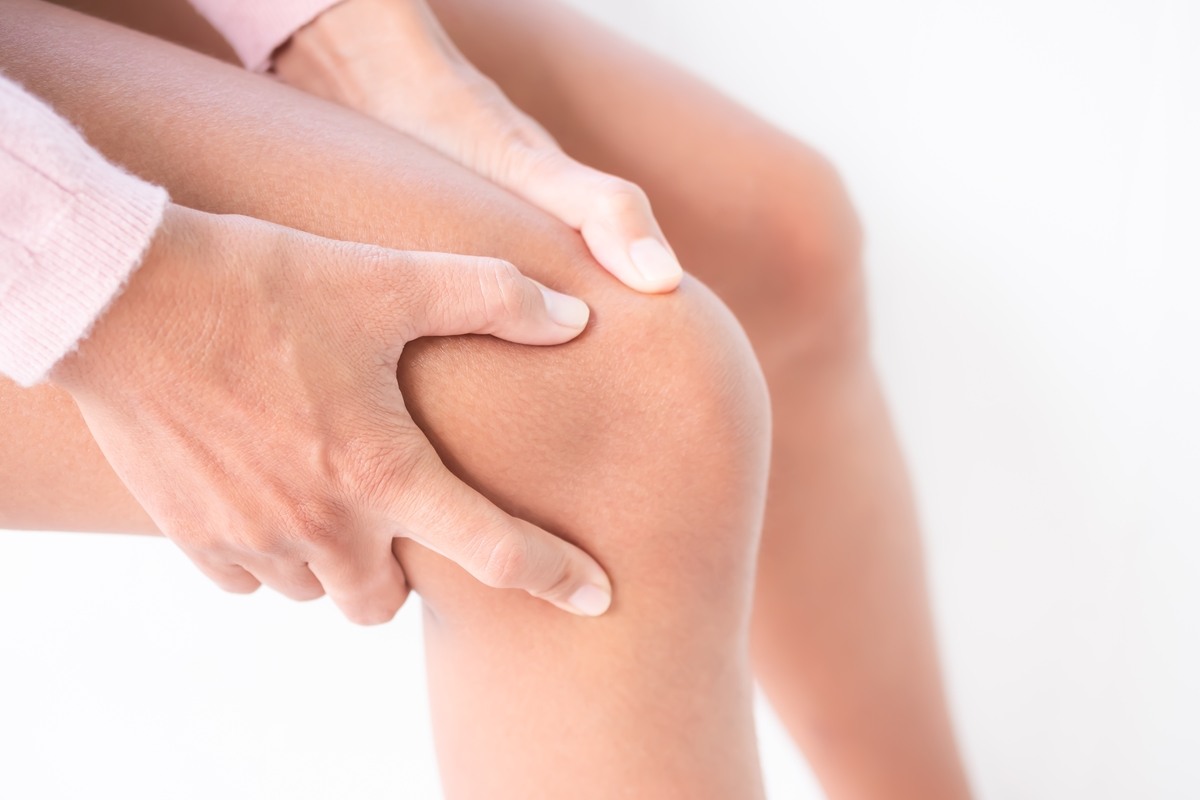How to Reduce Knee Pain

Knee pain can be a debilitating issue that is not just for those of an older age; it can affect individuals of all ages and different lifestyles. Knee pain can arise from a number of different circumstances, whether it's underlying conditions, injury, or arthritis. However, managing and reducing knee pain is critical to maintaining an active and healthy lifestyle. What are the strategies we can all use to reduce knee pain? From self-care techniques to professional interventions, these tactics can help you find relief.
Hot and Cold Therapy
Both approaches are simple but very effective in alleviating knee pain. Applying ice with an ice pack can help to numb the area, providing almost immediate relief from the pain. Additionally, cold temperatures have been shown to reduce inflammation. Heat therapy is also another method that can promote healing by easing stiffness and increasing blood flow, providing the area with the nutrient-rich properties of the blood. For any acute injuries, you should apply ice on your knee for 15 to 20 minutes approximately every two to three hours during the first 48-hour period. For any chronic pain or stiffness, a warm compress or heat pad can be applied for between 15 and 20 minutes as necessary.
Over-the-Counter Medicine
Over-the-counter (OTC) medicines can be a very effective approach to manage knee pain and reduce inflammation. Non-steroidal anti-inflammatory drugs (NSAIDs) may be useful in alleviating pain and swelling (such as ibuprofen). It's essential to follow the recommended dosage on the packet and consult with a healthcare professional, especially if you have any pre-existing medical conditions or are taking other medications that could interfere with the OTC’s efficacy.
See a Knee Specialist
Seeking professional advice is crucial for understanding the extent of your knee pain and developing an effective management plan. A specialist can provide insight into your condition, conduct diagnostic tests if necessary, and provide tailored treatment options. This is particularly important if you have any persistent or severe knee pain or if it comes with other symptoms.
Physical Therapy or Rehab
Physical therapy can be a large part of managing and reducing knee pain. A physical therapist who is licensed can put together a custom rehab plan to strengthen the muscles around the knee, correct movement patterns, and improve flexibility. These approaches can provide pain relief, but also prevent future injuries. It's essential to stick to the prescribed exercises to guarantee greater success. This also helps people take control of their overall physical health, especially when it comes to managing knee pain.
Elevating the Knee and Allowing It to Heal
Periods of rest allow the body the opportunity to heal. We should avoid activities that will worsen the pain, and listen to our body signals for adequate recovery, but we should also look at simple strategies to reduce swelling and promote healing. Elevating the affected knee and keeping it higher than the level of your heart encourages blood circulation and minimizes fluid accumulation around the knee joint.
Bracing or Surgery
In some cases, bracing or surgery may be recommended, but it's critical to view these options as a last resort based on the opinion of a professional. Bracing can provide additional support to the knee joint, especially if there's a case of ligament instability. Surgical interventions, such as knee replacement or arthroscopy, are only considered if standard measures are insufficient. When opting for braces or surgery, the decision should be made in consultation with a healthcare expert, since these options all carry their own set of considerations, risks, and benefits.
Wearing Protective Support
People who experience knee pain and engage in physical activities can benefit from protective support. Sleeves or the aforementioned braces can provide added stability and reduce the risk of injury. These approaches can be particularly beneficial when engaging in activities or high-impact sports that involve repetitive movements. Investing in quality, properly-fitted supports and ensuring they are a part of a person's daily routine can be a very effective preventative measure against knee pain and injuries.
Surgery as a Final Option
Procedures like knee replacement and arthroscopy, as well as repairing the meniscus, could be recommended, depending on a specific diagnosis. Surgery is a viable option when all conservative treatments have been exhausted. If the severity of the condition warrants a more invasive intervention, this is where a healthcare professional can provide greater insight. It's critical to discuss every aspect of this approach, especially relating to the risks, benefits, and the rehabilitation process. It's important to remember that with regards to something like surgery, it's not just about the operation, but also about what occurs post-operation. Adhering to rehabilitation exercises and complying with post-operative care strategies are integral to a successful outcome.
Ensuring You Understand All of Your Options
Reducing knee pain and promoting healing is a process that can combine a number of different strategies. Self-care strategies and personal guidance can all involve a variety of methods depending on the extent of the injury and the person's individual approach. It's important to listen to our bodies and prioritize our health to maintain our ability to use our knees without placing excessive strain on them. We cannot underestimate what a balanced diet, strengthening exercises, and a holistic approach to preventing knee pain can have on the overall journey we undertake.
Prioritize Your Knee Health Journey with Rocky Mountain Spine & Sport
If you are experiencing knee pain, you should see a doctor immediately. It's important to pay attention to your body and get the help you need if your pain gets worse. At Rocky Mountain Spine & Sport, we will be able to get to the root cause of your knee pain. Our consultations will give us and you a greater insight into why your knees are causing you pain by looking at your medical history, conducting a physical exam, and providing imaging tests. We will then recommend the best course of treatment to ensure that you get better as soon as possible. Contact us today and we’ll help give you the support you need.
